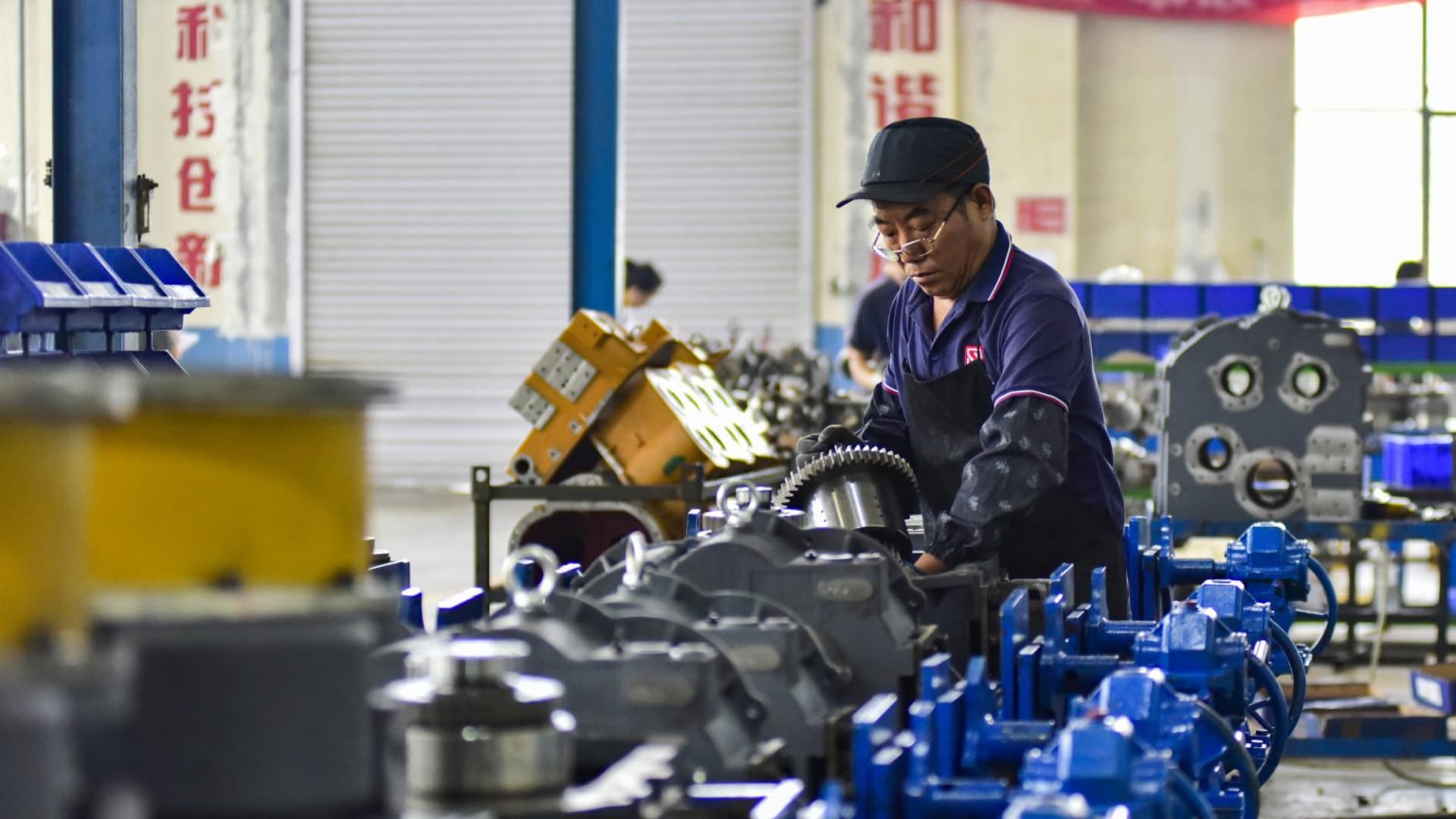China’s factory activity has been contracting for the fifth consecutive month in September, reflecting the challenges faced by the world’s second-largest economy in reviving its growth momentum. The official manufacturing purchasing managers’ index (PMI) for September came in at 49.8, an improvement from the previous months but still below the expansion level of 50. The data beat economists’ expectations, indicating that economic sentiment has improved and manufacturing activities are picking up speed, with high-tech and equipment manufacturing leading the way.
However, the private Caixin PMI for China was 49.3 in September, marking the sharpest contraction in 14 months driven by declining demand and a weakening labor market. This data underscores the headwinds facing the manufacturing sector, including a prolonged economic slowdown, property crisis, and Western restrictions on Chinese exports like electric vehicles. These challenges have contributed to weak domestic demand, a downturn in the housing sector, and rising unemployment, reflecting the broader struggles in the Chinese economy.
In August, China’s industrial profits plunged by 17.8% year-on-year, the largest decline in over a year, according to data from the National Bureau of Statistics. Retail sales, industrial production, and urban investment also grew at a slower pace than anticipated, with retail sales increasing by 2.1% and industrial production rising by 4.5% from the previous year. These lackluster economic indicators have prompted the Chinese government to intensify its efforts to boost economic growth, including monetary policy adjustments and calls for stronger fiscal support.
Last week, the People’s Bank of China cut the reserve requirement ratio and lowered the seven-day reverse repurchase rate in a bid to increase liquidity in the financial system and stimulate economic activity. Additionally, top Chinese leaders, including President Xi Jinping, convened a high-level meeting to address the property decline and underscore the importance of bolstering fiscal and monetary policy support. These measures have boosted Chinese equity markets, leading to the best weekly performance in nearly 16 years.
Despite the government’s efforts to support the economy, challenges remain for China as it navigates through a period of economic uncertainty and external pressures. The ongoing trade war with the United States and global economic slowdown continue to pose risks to China’s growth prospects. As the manufacturing sector grapples with contraction and weak demand, policymakers will need to implement targeted measures to spur economic activity and maintain stability in the economy. Ultimately, the resilience and adaptability of China’s economy will be put to the test in the face of evolving domestic and international dynamics.













